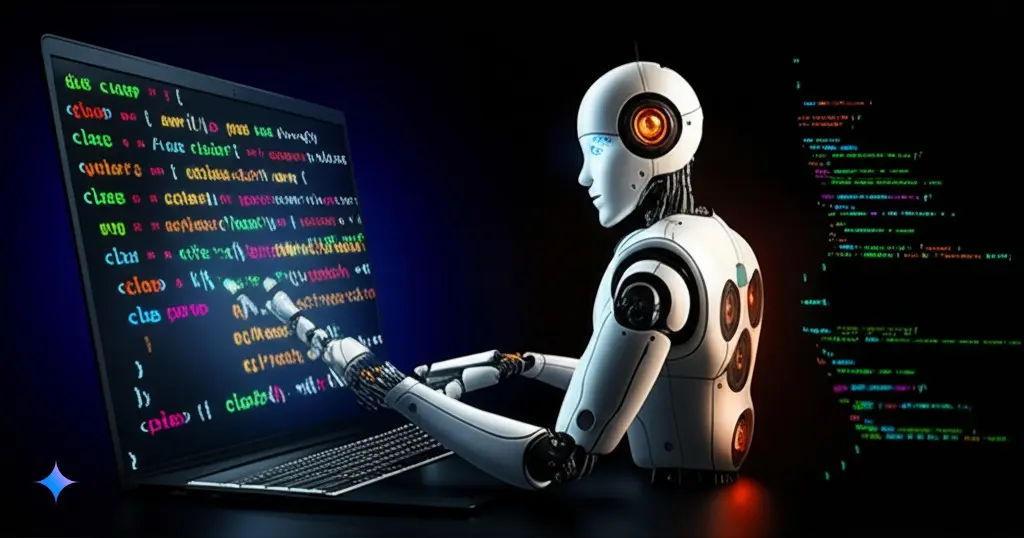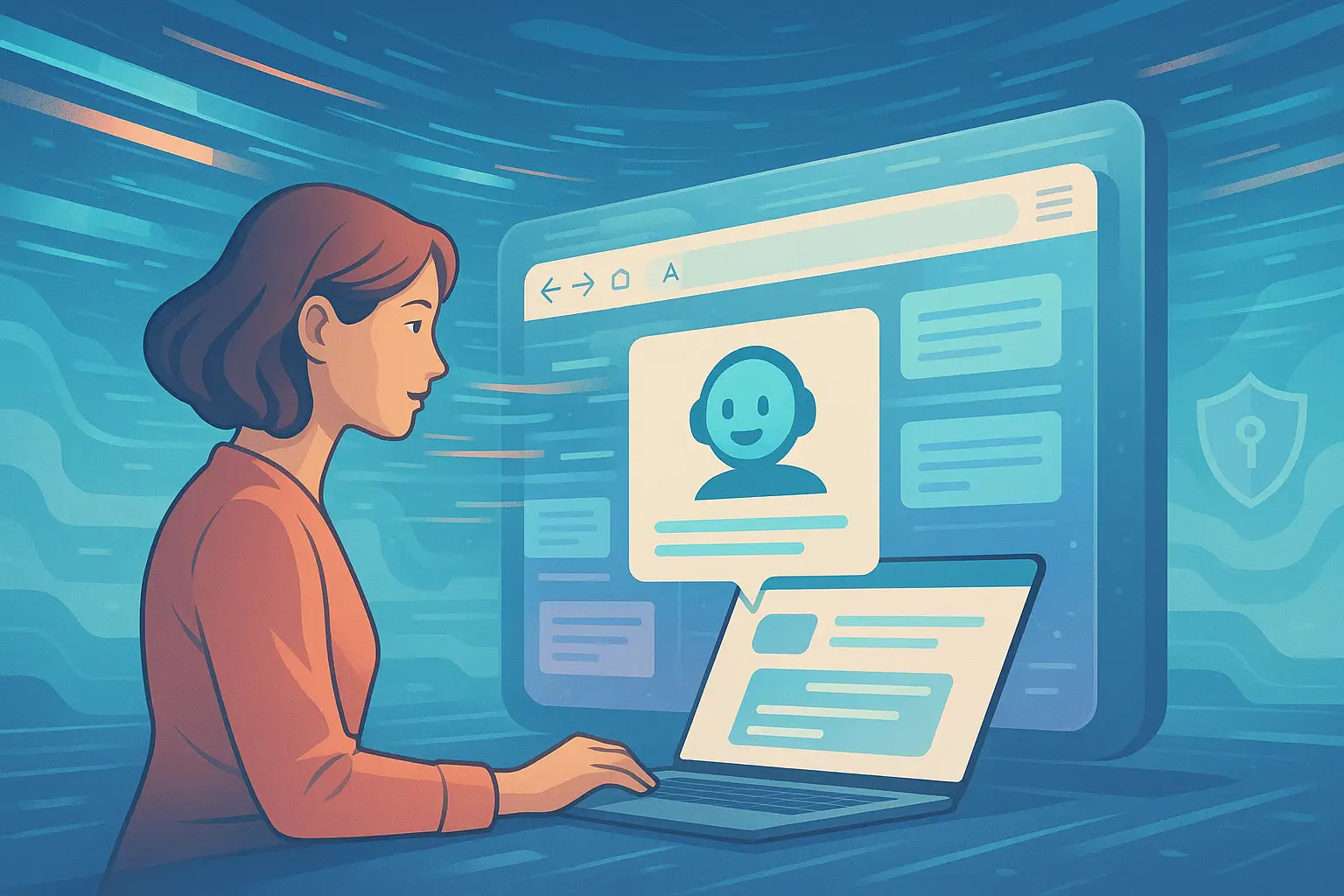
What is Vibe Coding & Trending Tools using AI
Table of Contents
- Introduction
- What is Vibe Coding?
- How Vibe Coding Works
- Advantages of Vibe Coding
- Challenges of Vibe Coding
- Best AI Tools for Vibe Coding in 2025
- Future of AI in Software Development
- Conclusion
Introduction
Software development is changing rapidly with advances in artificial intelligence (AI). One of the most exciting developments in recent years is vibe coding, a revolutionary approach that allows users to generate software by simply describing what they need in natural language. Powered by large language models (LLMs) like OpenAI's GPT, Anthropic's Claude, and other AI-powered tools, vibe coding shifts the focus from writing syntax-heavy code to conversational programming.
This guide will explore:
- What vibe coding is
- The benefits and challenges of vibe coding
- The best AI-powered tools for vibe coding in 2025
- How AI is shaping the future of software development
Generate Veo 3 JSON, Fast
Create structured, optimized JSON for Veo 3 in minutes. Clear fields. Correct syntax. Consistent results.
Open Veo 3 JSON GeneratorWhat is Vibe Coding?
Definition
Vibe coding is a method of programming where users describe their software requirements in natural language (e.g., English), and AI generates the corresponding code. Instead of manually writing out complex algorithms and functions, users interact with AI through conversational inputs to create applications, scripts, or even complex software systems.
Origins of Vibe Coding
The term "vibe coding" was coined by AI researcher Andrej Karpathy in February 2025. He envisioned a future where programmers "just see things, say things, run things, and copy-paste things, and it mostly works." This builds on his earlier 2023 claim: "The hottest new programming language is English."
Vibe coding leverages large-scale AI models and code-generating assistants to make programming accessible and efficient for all—whether you're a seasoned developer or a total beginner.
How Vibe Coding Works
The core workflow of vibe coding can be broken down into a simple loop:
-
Describe the Task: The user provides a plain-language instruction like,
"Create a Python function that pulls weather data from an API and displays it in a graph."
-
AI Generates Code: AI-powered tools analyze the request and generate suitable code.
-
User Reviews and Refines: Users can fine-tune or modify the AI-generated code.
-
Run & Test: The new code is executed, and if it doesn't work as intended, users can refine the prompt or manually debug small errors.
-
Iteration: Adjusting prompts and regenerating code until the final working version is achieved.
Advantages of Vibe Coding
Vibe coding brings several benefits to developers and non-technical users alike.
| Benefit | Description |
|---|---|
| Faster Development | AI-generated code speeds up prototyping, significantly reducing time-to-market. |
| Lower Barrier to Entry | Even non-developers can build functional software just by describing what they need. |
| Efficiency Boost for Professionals | Experienced developers can automate repetitive code-writing tasks and focus on high-level system design. |
| Easier Collaboration | Product managers, designers, and non-engineers can contribute directly to software development. |
| Accessibility | AI reduces the complexity of coding, allowing more people to create software without deep technical expertise. |
However, while vibe coding offers major benefits, it is not without challenges.
Challenges of Vibe Coding
| Challenge | Potential Issues |
|---|---|
| Code Accuracy & Bugs | AI-generated code may contain errors that require debugging. |
| Security Risks | LLM-based coding tools can unintentionally introduce vulnerabilities in production software. |
| Lack of Full Understanding | Users may not fully comprehend the AI-generated code, making troubleshooting difficult. |
| Limited Customization | Although AI generates code quickly, fine-tuning complex algorithms may still require human expertise. |
| Over-Reliance on AI | Developers risk losing traditional coding skills by depending too much on AI-generated solutions. |
Careful code review, validation, security checks, and optimization remain necessary, especially for production-level applications.
Best AI Tools for Vibe Coding in 2025
The field of AI-assisted coding is expanding rapidly. Here are the top tools facilitating vibe coding today:
1. Cursor
- Features: AI-powered IDE with Composer Mode, which autonomously edits, creates, or deletes files based on natural language descriptions.
- Best for: Developers looking for end-to-end AI-assisted code generation.
- Benchmark Performance: Among the leaders in AI Coding Benchmarks.
2. GitHub Copilot
- Features: Provides AI-generated code completions within IDEs like VS Code.
- Best for: Auto-suggesting code snippets while writing manually.
- Performance: Widely used but requires human review for accuracy.
3. Claude Code (Anthropic)
- Features: AI designed for software development, capable of generating and optimizing application code conversationally.
- Best for: Those who need AI-driven iterative coding suggestions and debugging.
- Success Rate: 93% in app creation benchmarks.
4. ChatGPT (OpenAI)
- Features: Multi-purpose LLM capable of generating functional code from simple prompts.
- Best for: Beginners, quick prototypes, and conversational programming.
5. Windsurf
- Features: AI tool specialized in "Cascade" prompting, allowing users to guide API-integrated code generation.
- Best for: Developers working with complex API-driven architectures.
6. Replit
- Features: AI-assisted cloud-based coding environment with minimal setup.
- Best for: Rapid prototyping, mobile-friendly workspaces, and small apps.
7. Lovable.dev
- Features: AI-powered website builder, transforming screenshots and descriptions into working front-end code.
- Best for: Web designers and non-coders looking for instant UI generation.
8. v0 by Vercel
- Features: AI-driven web development framework, optimized for interactive web apps.
- Best for: Developers focusing on frontend and UI automation.
Future of AI in Software Development
Vibe coding may be a game-changer, but does it signal the end of traditional coding? Let's explore:
-
Developers Will Shift Towards Quality Control
- Engineers will review, debug, and improve AI-generated code rather than write every line manually.
-
AI Will Handle Repetitive & Low-Level Code
- Routine programming tasks may soon become fully automated.
-
Custom AI Coding Assistants Will Become the Norm
- Personalized AI models will learn user preferences and coding styles, making AI-assisted development even more intuitive.
-
Security & Trust Issues Will Require More Attention
- With AI writing code, companies will prioritize stronger code audits to catch vulnerabilities before deployment.
-
Vibe Coding Won't Replace Developers—It Will Empower Them
- While AI will handle routine coding, humans will still lead in problem-solving, security design, and system architecture.
Conclusion
Vibe coding is reshaping software development, making coding more accessible, efficient, and innovative through AI. While it offers faster development and democratized programming, users must still validate AI-generated code, handle security issues, and refine complex algorithms.
As AI-driven tools like Cursor, GitHub Copilot, Claude Code, and ChatGPT continue evolving, we are witnessing a new era where "code speaks human."
Want to explore vibe coding? Start experimenting with any of the AI-powered tools listed above, and see how AI can transform your workflow today! 🚀
Frequently Asked Questions
Share this article
Related Articles

ChatGPT Go Free in India: Unlock AI Power 2025!
Explore how OpenAI's ChatGPT Go free offer in India is set to transform AI accessibility, from enhanced features to market impact and strategic benefits.

Atlas vs Comet: AI Browser Battle 2025
Dive deep into the world of AI-native browsers with ChatGPT Atlas and Perplexity Comet. Explore their unique features, philosophies, and the battle that is reshaping how we interact with the web.

ChatGPT Atlas: AI Browser Revolution
Explore how ChatGPT Atlas, OpenAI's groundbreaking AI-powered browser, transforms web browsing with contextual intelligence, personalized automation, and robust privacy controls.
